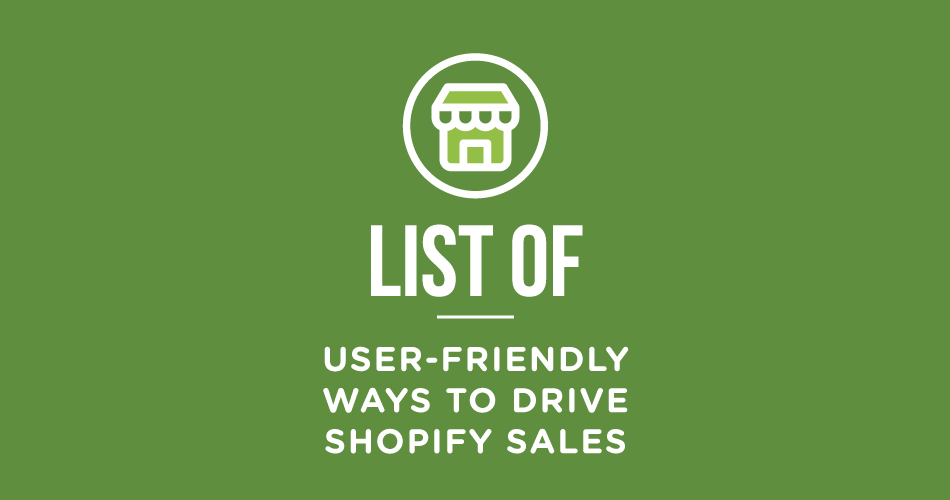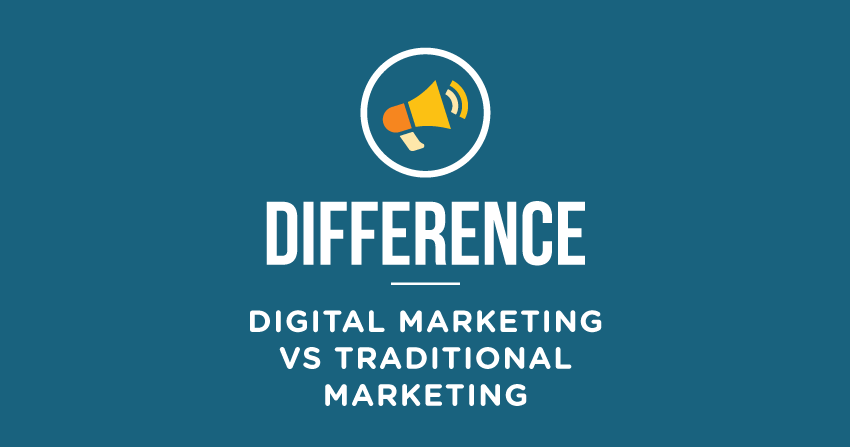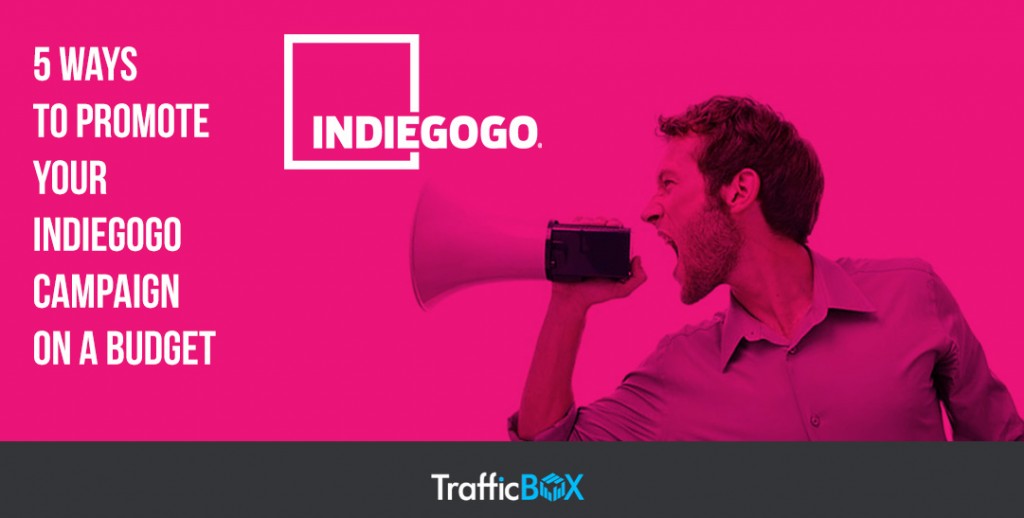Startup marketing is one of those things that could make or break your new small business. You want to take advantage of all your opportunities if you want your business to strive in an ever-changing digital marketing scene. If you don’t do it, someone else will. Chances are, that someone else could be your direct competitor. Staying ahead of the competition is a great way to ensure that you succeed.
What’s in it for you?
Usually, digital marketing advice that you find online is oriented to larger, more financially stable companies. Of course, you can still learn valuable lessons from it but in the end, you won’t see the same results. Smaller companies usually have smaller, stricter budgets. This guide covers a broad spectrum of tips, tricks, and activities that you can use to your advantage. Follow them and digital marketing will never be a problem for your startup again.
Getting Started with Digital Marketing
The very first step in conquering digital marketing is doing your research. Knowing valuable information about your customers, your competition, and the possible partnerships that you can develop is essential. Add your own business data to the mix and you should have the perfect start:
Research the search behavior of your customers
If you want to cater for the needs of your customers, you must first learn what those needs are. You do this by analyzing their search behavior. What they search for, how they search for it, what grabs their attention, and so on. Each of these aspects is just as important as the other. Valuable information about your customer’s behavior includes the keywords used to reach your website, their actions on your website, and the reasons for either converting or leaving.
Find out who your customers are
Naturally, when you started your business, you had a few customer types in mind. Depending on what your business is, your customer profiles may differ. Regardless of what niche your business is in, the key aspect you should remember is that you should only target 2-3 customer types. Overdoing it means you won’t be able to deliver quality content for either type, which will cause you to lose customers rather than gain them.
Research the competition
Even though it’s not impossible to run a successful business without researching your competition, why wouldn’t you? You have nothing to lose and a lot to earn by knowing who you’re up against. Your biggest advantage will be that you will know the strengths and weaknesses of your competitors, making it easier for you to take advantage of certain opportunities.
Find an influencer who you can partner with
Unless you’re operating in an extremely obscure niche, chances are there are already several influencers operating in the same niche. Many people listen to the advice given out by popular influencers before they decide on whether or not they should buy a product or service. Establishing a connection with one of these influencers could boost your revenue considerably.
Analyze your current sales data
Last but not least, you need to know what your current numbers are. You want to know where your revenue is coming from in order to know where to invest. Don’t panic if you’re not yet selling anything. These tips will help you get right away.
Email Marketing
Still considered to be one of the most effective types of digital marketing available, email marketing can really boost your initial sales. Based on the results of a recent marketing study, your website is more likely to get a good chunk of traffic from the people that are on your mailing list. Moreover, the click-through rate of email newsletters is higher than that of social media posts and other digital marketing mediums.
There are two main phases of setting up a successful emailing plan: attracting people to join the list and creating useful email content to send out.
The easiest and most straightforward way to attract more people to your mailing list is to create a popup on your website that offers them a free gift that’s relevant to both your company and to their needs. A free PDF book or a discount voucher are just two good ideas that are widely used today. It’s important to remember that you don’t need too much information from your customers. Their email address is your main concern right now. Knowing their names would help you send out personalized emails but that’s not a necessity right now. What I’ve seen work well is adding genuine influencer testimonials. A lot of people are more inclined to try a product or a service if their favorite influencer has given it a positive review.
But what kind of emails do you send out? Just because you manage to attract lots of people on your mailing list doesn’t mean your job is done. Far from it. It’s time to create the meaningful content I was talking about earlier:
Welcome your new subscribers
Even though they deliberately signed up for your emailing list, you should send out a welcoming email to every new subscriber. Key information that should be included in this initial email revolves around introducing yourself and setting up some expectations. You need to show them that their subscription is appreciated and that they will receive valuable content in their inbox.
Ask them about their needs and concerns
Email marketing is not just about you selling your business to your customers. It’s also about you listening to their needs and concerns. Ideally, you would already be running a blog, where you post relevant content for your niche. On that blog, you can also create content that answers the questions and concerns that your email subscribers raise.
Send out regular updates
Without a doubt, your main goal is to catch their attention and drive them to conversion. Customers play an important role in the growth of your business. Keep them informed about your newest products, services, and blog posts. Include just enough content in your email body to make them want to click through and see for themselves.
Website
Depending on the type of business that you own, your website will look different and offer different functionalities to its users. Regardless of the niche you’re operating in, you must spend a good amount of time designing your website. No matter how much inbound traffic you’re attracting through different digital marketing strategies, potential customers will leave before converting if you don’t follow a few basic steps when designing your website:
Professional look
You want your website to be just as professional as the services you offer. An unprofessional, amateur-looking website will not just drive potential customers away, it will drive revenue away as well.
User-friendly
The main difference between an average website and a user-friendly one is that everyone can use the user-friendly one, regardless of where they are and what device they use. This means your website must be mobile friendly, it must be accessible, and it must have its media files well optimized. A fast website is an attractive website.
Consistent contact information
Your contact details are an essential piece of information that should be visible to everyone who visits your website. The NAP (name, address, phone number) should be consistent throughout your website. This is something that you will be using for search engine optimization as well.
Relevant content
I cannot stress enough how important this is. A fair amount of your visitors are on your website because they’re searching for an answer to their query. If you’re just stuffing your content with keywords and no relevant content, you may still attract visitors but they won’t turn their visit into a purchase. Not to mention that Google and other search engines penalize websites that publish low-quality content.
Search Engine Optimization
The dread of many young entrepreneurs and business owners, search engine optimization (SEO) is one of the most important parts of a successful digital marketing strategy. We live in a technology-driven period, which means most people use technology to find out what they’re looking for. This is where SEO comes in. By optimizing your website to cater to what your customers are looking for, you can attract more customers and drive up your profits. Here are a few tips to get you started:
See where you currently stand
You can’t plan efficiently if you don’t know your current position. One of the main purposes of SEO is to bring your website to the first search results page. Knowing where your website currently ranks is the first step.
Research your keywords
These are your “toys”. You know your niche, you know what you’re selling. Find out how people are finding your products online. See which keywords are more successful than others and take advantage of this information. Make sure that your website’s content aligns with the keywords you’re trying to rank for. However, don’t overdo it. Having too many keywords, or keyword stuffing, is a frowned-upon tactic that will get you penalized by search engines.
Create internal links
A basic strategy that not only connects the information you post on your website but it also keeps users wanting to read more. Internal links are a great way to deliver valuable information to a customer that’s looking for more. When you post something new on your blog, if it’s related to something you posted in the past, link to it. Make sure that the links are relevant, though.
Have a sitemap
This is oriented to search engines, rather than users, although it benefits both. For search engines, the sitemap is an .xml file that helps crawler bots to better understand the structure of your website and index its pages accordingly. On the other hand, for users, the sitemap can be a simple HTML file that contains a list of all the pages that are published on your website.
Content Marketing
Content is your most important ally. Regardless if you’re marketing yourself on Google or other major search engines, they’re all looking for the same thing: high-quality content. Whether it comes in the form of blog posts, photos, videos or anything else, you will share your content for multiple reasons: increased brand awareness, growing your customer base, building your company’s trustworthiness, and so on. Everything you do with your content is known as content marketing.
A good example of content marketing is this blog post right here. It’s designed to promote a healthy approach to digital marketing by offering tips and tricks for you to follow. If you’ve been reading this far, it means it caught your attention and made you realize some things that you probably didn’t know before. It might have answered your search engine query.
Besides helping out your customers, by posting content that answers their needs you’re also driving in new traffic, new possible leads, and you’re probably increasing your sales as well. However, don’t expect content marketing to boost your traffic and revenue overnight. Content marketing is a long-term investment. 6-12 months could easily go by before seeing a return on your initial investment.
However, study results show that content marketing generates at least 3 times more leads than paid search. By publishing enough high-quality content, in time you will need to spend less and less on paid ads and you will be able to rely on organic traffic more.
The most common type of content marketing are blog posts. They’re also the easiest form of content to make. If you’re not satisfied with the quality of your own writing, outsourcing your blog posts is also a good idea.
Your main subjects should revolve around the niche you’re operating in. News, reviews, and comparisons are just a few subject ideas to get you started. To make the most out of your content, make sure each blog post is created around a specific keyword that your visitors usually search for.
In order to promote your content, all you have to do is integrate it with the other digital marketing methods detailed in this article. Email marketing and influencers are a great way to spread the news about a new blog post that you’ve published. Sharing it on the social media platforms that you’re active on is also a good idea.
Influencers
Influencers come in all shapes and sizes. Anyone from a small time blogger to a famous celebrity can be an influencer in a certain niche. When you’re searching for an influencer in your niche, don’t just look at the number of followers they have. You should analyze the engagement of those followers as well.
For example, there are thousands of Instagram influencers that have a giant follower base – in the tens of thousands – but their posts only get the attention of a few hundred people each time. Low engagement isn’t what you’re looking for.
The 4 types of influencers that you can reach out to are celebrities, authorities, journalists, and bloggers. Some influencers may be part of more than just one category. Each type of influencer comes with pros and cons. For example, it’s almost always easier to connect with a blogger than with a celebrity. Similarly, an authority is more likely to have a higher reach than a single journalist.
The key aspect here is to build your network as early as possible. It doesn’t mean you have to reap the benefits immediately, it just means you connect with your influencer as soon as you can. Create more than just a business partnership. Create a friendship.
To establish a connection with an influencer, simply follow these 4 steps:
- Follow them on the social media platforms
- Post your insights about their content
- Share their content if it’s relevant to your business
- Offer your assistance if you have more knowledge on the subject
There is nothing to be afraid of when reaching out to an influencer. Moreover, it’s easy and it doesn’t take a lot of time and effort either.





